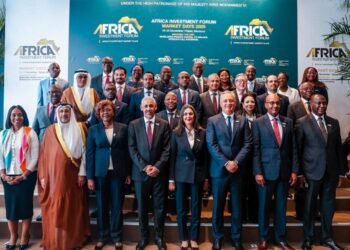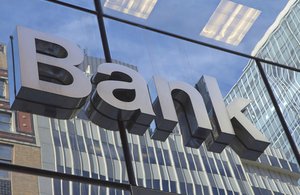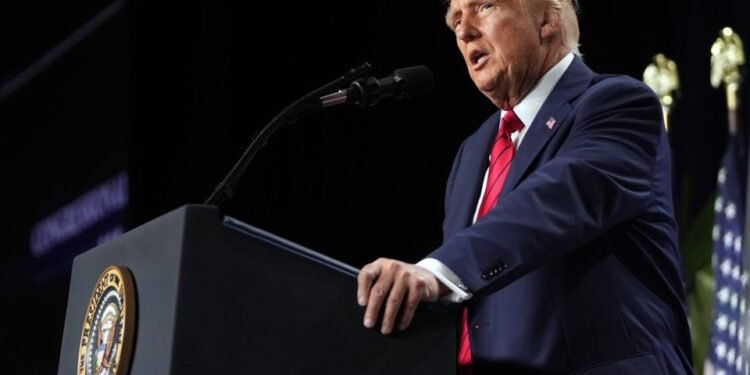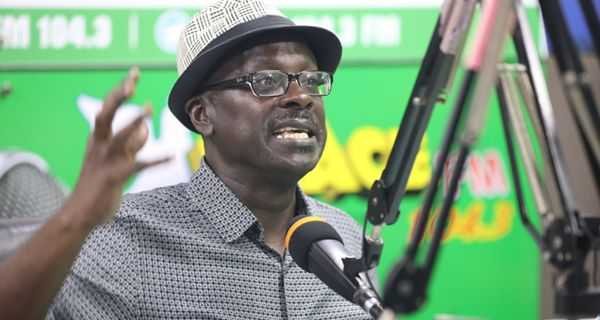Ethiopia’s economy is expected to experience a rebound in real GDP growth to 5.6 per cent, after Fitch revised its forecast from a previous 3.6 per cent, taking into account, the recent de-escalation in the Tigray conflict.
Conflicts which began two years ago between the federal government and the Tigray People’s Liberation Front (TPLF), has so far displaced more than 2 million people and disrupted economic activity throughout 2021.
However, the existential threat posed by the TPLF and its allies to Prime Minister Abiy Mohammed’s rule appears to be waning, as federal forces have regained most of the territories. That said, Fitch is of the view that the fighting is now more likely to be contained in and around Tigray, and have become less bearish on Ethiopia’s economic outlook.
Considering that the fighting remains contained in the northern Tigray region, Fitch expects that many of the people displaced by the war will begin to return to their homes and their normal economic activities. This will therefore elevate private consumption, especially in areas no longer affected by war.
Risks to Growth Rebound
This will result in a significant rebound in consumer spending in 2022, Fitch said. Moreover, agricultural activity in fertile Amhara land will resume, helping to offset the negative impact of ongoing insecurity in Tigray and drought conditions in south-eastern areas.
Despite the positive outlook, the government’s vaccination programme has remained limited (only 7.9% of the population had received at least one vaccine dose as of January 15). While the government has gradually eased lockdown restrictions since late 2020, Fitch believes that the ongoing spread of the virus will continue to weigh on consumer confidence in 2022.
“Overall, we have revised up our private consumption growth forecast from 4.0 per cent to 5.9 per cent, and we now expect that it will contribute 4.8 percentage points (pp) to headline growth”.
Fitch Solutions
Furthermore, headwinds to investment and government consumption are expected to persist, keeping growth well below its 2010-2019 average of 9.8 per cent.
“With the government having re-established some degree of security in most conflict-hit areas, we expect that many domestic and foreign firms will resume investments over 2022, including in the telecom sector, where a second license is set to be awarded in Q1 2022”.
Fitch Solutions
That said, investment in the country’s nascent textiles industry will be discouraged by ongoing insecurity in Tigray (a key textile hub) and Ethiopia’s recent removal from the US’ African Growth and Opportunity Act (AGOA). AGOA allows duty-free entry for certain African exports to the US market, and over recent years has facilitated strong growth and investment in Ethiopia’s manufacturing sector.
Against this backdrop, Fitch forecasts growth in fixed investment and government consumption of 3.0 per cent and 1.4 per cent respectively in 2022, well below their respective 2010-19 averages of 21.6 per cent and 12.2 per cent.
Meanwhile, net exports will remain a drag on growth. Services receipts (57.8% of exports in 2020) are likely to pick up in 2022 as the beginning of power generation at the Grand Ethiopian Renaissance Dam increases electricity exports and growing international demand for travel boosts revenues at state-owned Ethiopian Airlines.
Fitch forecasts that real GDP growth will accelerate further to 6.2 per cent in 2023. This will reflect a further increase in private consumption and investment as the security situation continue to normalize.
“That said, we believe that the Tigray conflict has somewhat tarnished the country’s reputation as an attractive investment destination, and we think that foreign investment will remain below previous years’ highs over the medium term.”
Fitch Solutions
READ ALSO: Gold Fields Rejoins World Gold Council After 8 Years ‘Sabbatical’























